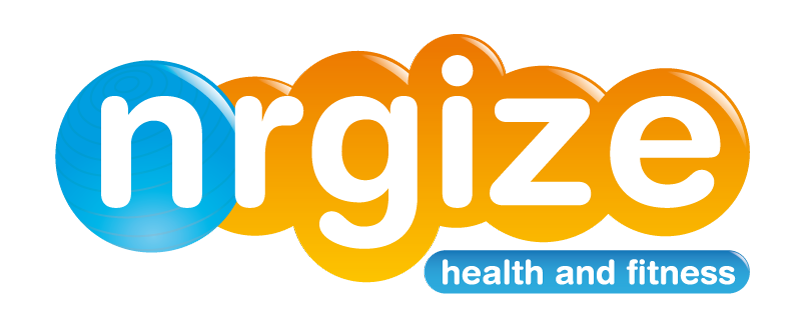Strength training multiple muscle groups at once provides better results
What Is Functional Fitness?
Today's fitness programs tend to focus on functional fitness, which refers to exercise that simulates real-life activities and uses a wide variety of movements through a wide range of motion. At the heart of these routines are a variety of compound exercises.
Which Is Better - Compound or Isolation Exercises?
What Are Compound Exercises?
Compound exercises are multi-joint movements that work several muscles or muscle groups at one time. Using more muscle groups. . .
- means more calories burned during exercise.
- simulates real-world exercises and activities.
- allows you to get a full body workout faster.
- improves coordination, reaction time and balance.
- improves joint stability and improves muscle balance across a joint.
- decreases the risk of injury during sports.
- keeps your heart rate up and provides cardiovascular benefits.
- allows you to exercise longer with less muscle fatigue.
- allows you to lift heavier loads and build more strength.
A great example of a compound exercise is the squat exercise, which engages many muscles in the lower body and core, including the quadriceps, the hamstrings, the calves, the glutes, the lower back and the core.
What Are Isolation Exercises?
Isolation exercises work only one muscle or muscle group and only one joint at a time. Examples of isolation exercises include the biceps curl or the quadriceps extension. These exercises are often performed with the commercial weight machines found in health clubs. The idea is to isolate one muscle group and move from one machine to the next until you "work" your whole body. Isolation exercises are frequently used in physical therapy clinics and rehab centers in order to correct a specific muscle weakness or imbalance that often occurs after injury, illness, surgery or certain diseases.
The Bottom Line
If you are interested in getting a complete, efficient and functional workout, doing predominantly compound exercises during your training is ideal. But there are times when isolating a specific muscle, muscle group or joint is necessary and recommended. Most healthy athletes will use compound exercises for the majority of a training program and use isolation exercises to complement that program as needed.
If you aren't sure what is best for you, a personal trainer or athletic trainer can help locate any muscle imbalance or weakness you may have and design a program to fit your needs.
